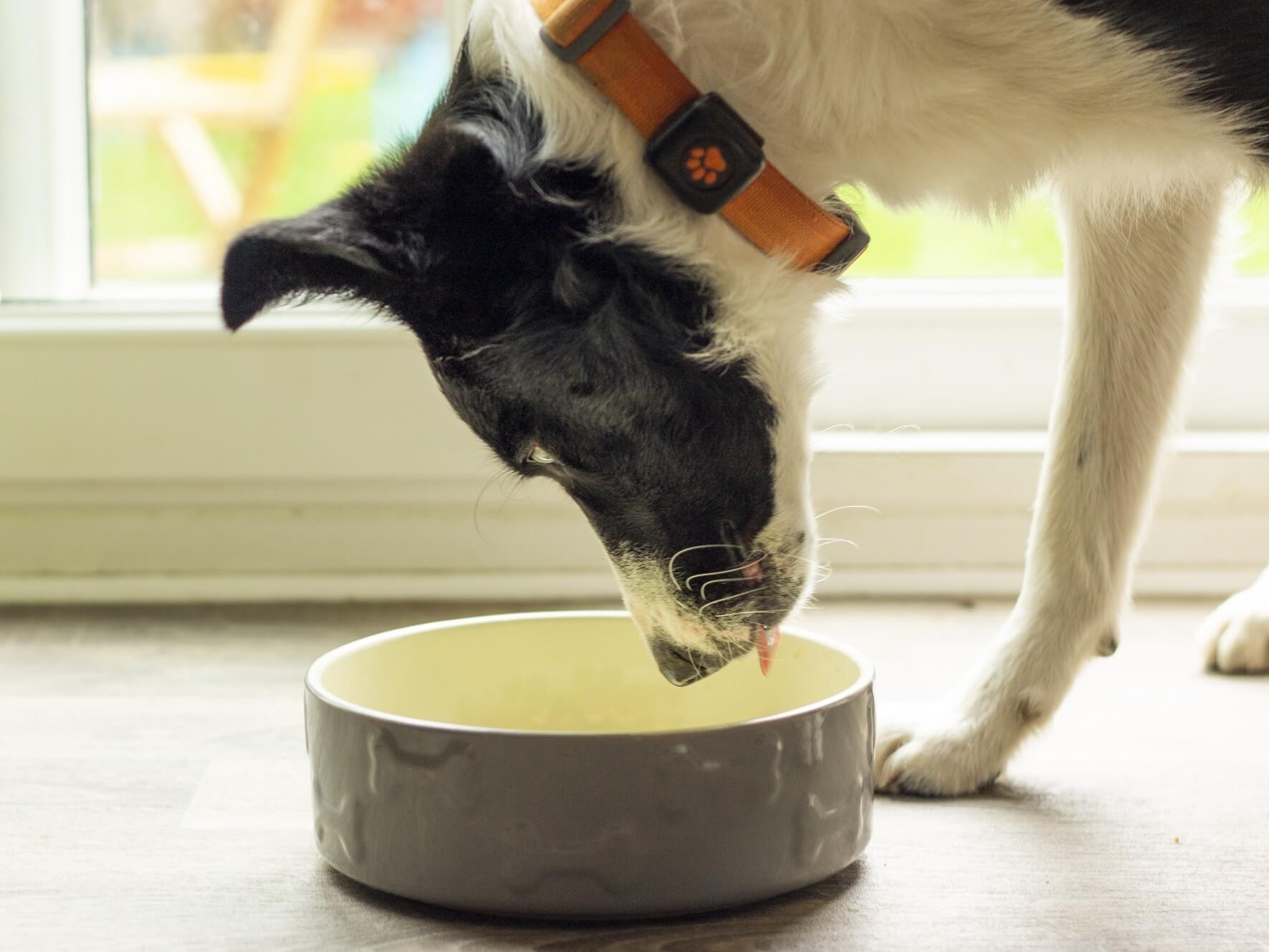We all want the best for our furry friends, and that includes providing them with the healthiest diet possible. With so many options available, understanding the nuances of dog food ingredients is crucial. In recent years, grain-free dog food has gained significant popularity. But what does “grain-free” actually mean, and is it the right choice for your dog? This article dives into the details of grain-free dog food, exploring the pros and cons to help you make an informed decision.
Defining Grain-Free Dog Food
When a dog food is labeled as “grain-free,” it signifies the absence of grains like wheat, soy, corn, rice, oats, and barley. It’s important to distinguish this from “gluten-free,” which only excludes gluten-containing grains such as wheat and barley, while still potentially including other grains like corn and rice.
To compensate for the lack of grains, most grain-free dog foods incorporate legumes such as peas, lentils, or potatoes. These ingredients provide the necessary carbohydrates, vitamins, and nutrients to meet your dog’s dietary requirements.
The Role of Grains in a Dog’s Diet
It’s a common misconception that dogs are purely carnivores. In reality, they are omnivores capable of digesting carbohydrates, including those found in grains. Whole grains can contribute essential nutrients to a dog’s diet, such as vitamins, minerals, and fiber.
However, the nutritional value of grains depends significantly on their processing. Heavily processed grains lose much of their beneficial properties. These processed grains may appear on ingredient lists under various names, including:
- Wheat gluten
- Corn gluten meal
- Wheat middlings
- Cereal fines
- Grain hulls
Pros of Grain-Free Dog Food
Addressing Grain Allergies
The primary benefit of grain-free dog food is its suitability for dogs with grain allergies. However, it’s important to note that grain allergies are relatively rare, affecting less than 1% of dogs. It’s more common for dogs to experience allergies to specific animal proteins such as beef, chicken, lamb, or dairy.
If you suspect your dog has a food allergy, consulting a veterinary nutritionist is crucial. They can help identify the specific allergen and recommend an appropriate diet tailored to your dog’s needs.
Cons of Grain-Free Dog Food
Potential Links to Heart Disease
A study conducted by the University of California, Davis, revealed a potential link between grain-free and legume-rich diets and a type of heart disease known as taurine-deficient dilated cardiomyopathy (DCM). Ongoing research aims to understand the biological mechanisms involved and how these diets contribute to DCM in affected dogs.
Making an Informed Decision: Is Grain-Free Right for Your Dog?
Every dog is unique, and their dietary needs should be considered individually. For the majority of dogs, there is no definitive advantage to a grain-free diet. However, it’s advisable to avoid dog foods containing heavily processed grains.
Ultimately, the best approach is to consult with your veterinarian or a qualified veterinary nutritionist. They can assess your dog’s specific health requirements and provide personalized dietary recommendations.
Choosing the Right Food for Your Dog
Selecting the right food for your dog involves careful consideration of ingredients, nutritional value, and potential health implications. Understanding what “grain-free” means in dog food and weighing the pros and cons can empower you to make the best choice for your canine companion’s health and well-being. Remember to prioritize high-quality ingredients and consult with your veterinarian to ensure your dog receives a balanced and appropriate diet.

